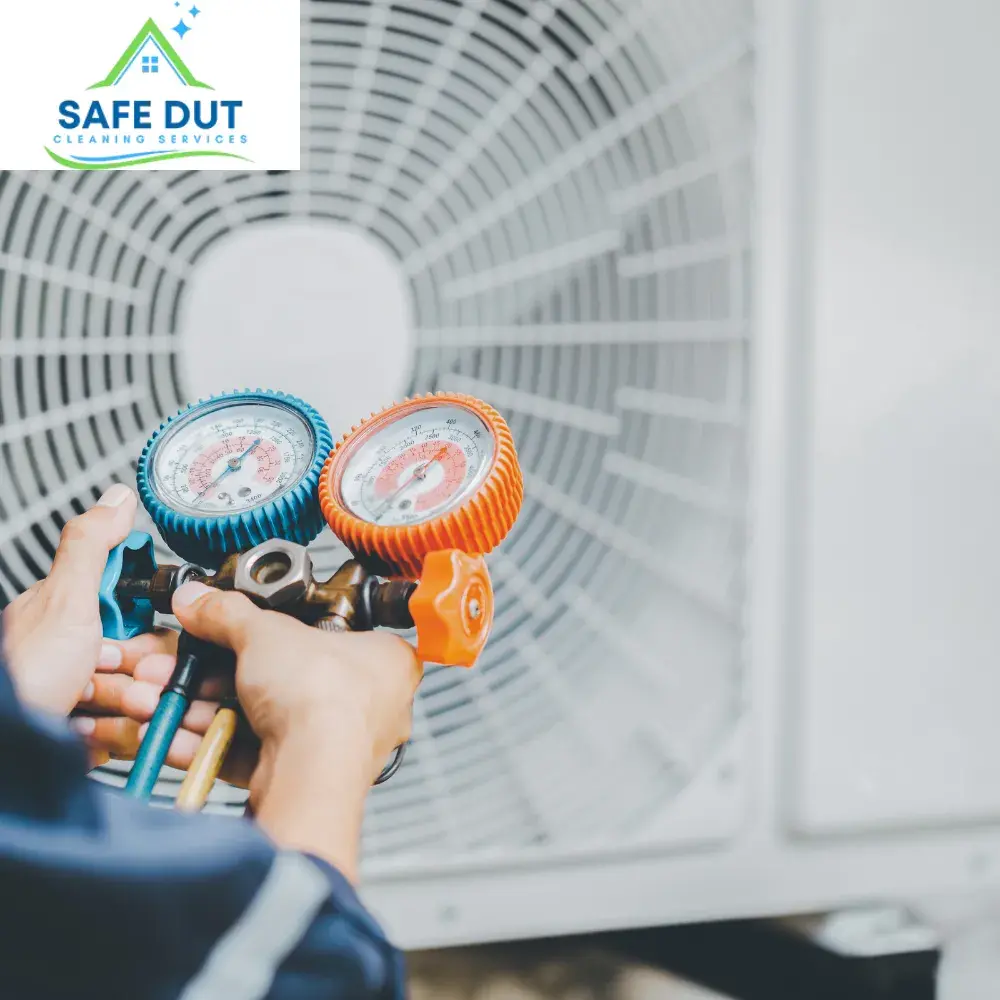Installing an HVAC system can dramatically improve your home’s comfort and energy efficiency, but it requires careful planning and consideration. From assessing your home’s needs to ensuring clean air circulation, several factors determine how effectively your system will perform. Proper preparation helps prevent costly mistakes and ensures your investment delivers optimal results.
Understanding Your Home’s Heating and Cooling Needs
A successful HVAC installation begins with evaluating your home’s unique requirements. Factors such as square footage, insulation quality, and regional climate play a critical role. An improperly sized system leads to inefficiencies, increased energy bills, and premature wear. Work with a licensed professional to calculate the perfect system size and capacity for your home, ensuring consistent comfort throughout the year.
Check Your Ductwork and Air Circulation
Your HVAC system relies on clean and functional ductwork to distribute air evenly across your home. Before installation, it’s important to assess the condition of your ducts for leaks, blockages, or damage. Scheduling a professional Air Duct Cleaning ensures optimal airflow and helps your new system perform efficiently. Clean ducts not only reduce energy waste but also enhance indoor air quality for a healthier home environment.
Prioritize Energy Efficiency and Cost Savings
Modern HVAC systems offer energy-efficient features that can save you money on monthly utility bills while keeping your home comfortable. Look for units with high SEER (Seasonal Energy Efficiency Ratio) ratings and Energy Star certification for guaranteed performance. Complementing your system with regular Air Duct Cleaning will further improve efficiency by ensuring clean airflow pathways, reducing strain on the unit over time.
Prepare Your Space for Installation
Before the installation team arrives, clear the work area of furniture, valuables, and other obstructions to facilitate a smooth process. Communicate with your HVAC provider about access points like basements, attics, or crawl spaces they may need to reach. Planning for post-installation care, such as routine inspections, filter changes, and scheduled maintenance, ensures your HVAC system continues operating efficiently for years to come.
By understanding your home’s heating and cooling needs, maintaining clean ductwork, and prioritizing energy efficiency, you lay the groundwork for a successful HVAC installation. A well-planned process ensures lasting performance, lower costs, and a healthier living environment for you and your family.
Learn More
The Ultimate Checklist Before Installing Your New HVAC System

